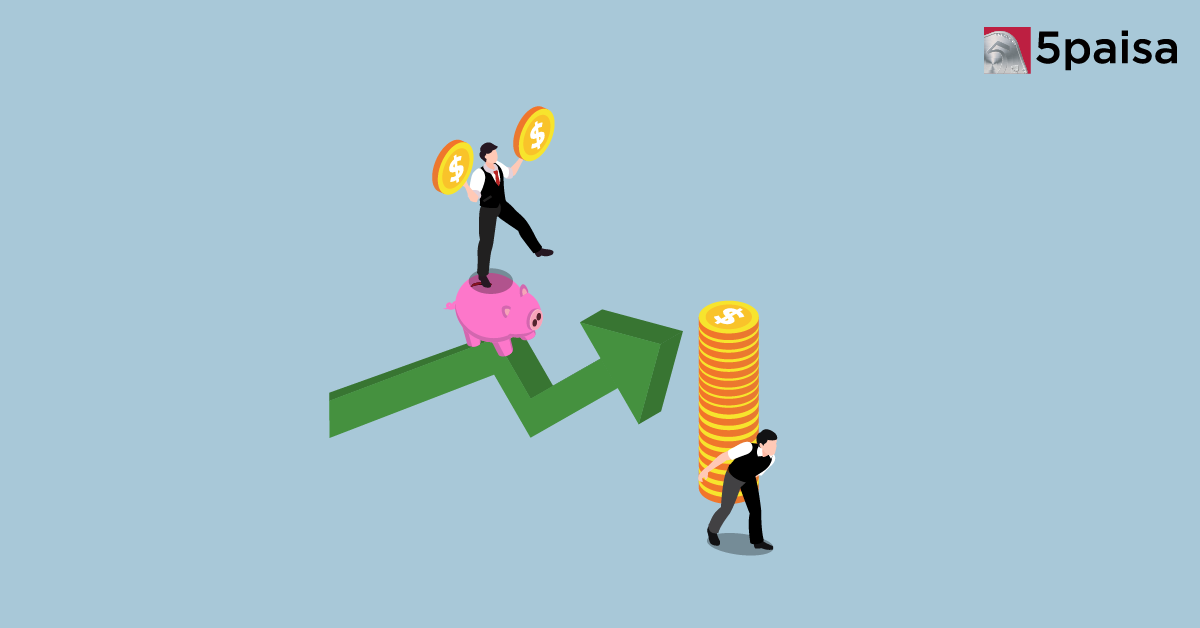Gold Prices Rebound to ₹12,780/g on November 13, 2025: Check City-Wise 24K, 22K, and 18K Gold Rates
U.S. Dollar Slumps to Lowest Since 2021 as Fed Easing and Fiscal Concerns Mount

The U.S. dollar slumped to its weakest level against the euro since September 2021 on Tuesday, as a combination of President Donald Trump’s aggressive spending plans, trade uncertainty, and expectations of monetary policy easing by the Federal Reserve rattled investor sentiment.
The euro soared to a near four-year high of $1.1808, marking a remarkable 13.8% surge in the January to June period — its strongest first-half performance on record, according to LSEG data. Similarly, the Japanese yen strengthened to 143.77 per dollar, reflecting a 9% gain so far this year — its best performance since 2016.
The British pound held steady at $1.3739, remaining close to the three-and-a-half-year high it touched last week.
The U.S. dollar index, which tracks the greenback’s performance against six major currencies, slipped to 96.612 — its lowest level since February 2022. Currency experts have cited multiple reasons behind the dollar’s decline, including the United States' widening fiscal deficits, erratic trade policies, and concerns over the Federal Reserve’s independence.
“Structural factors like trade uncertainty and fiscal risks have long weighed on the dollar, but the possibility of a more dovish Fed eroding its yield advantage is adding fresh downward pressure,” explained Moh Siong Sim, currency strategist at Bank of Singapore.
A significant factor fuelling market nervousness is Trump’s proposed tax cut and spending bill, which is expected to add $3.3 trillion to the national debt. The bill has faced internal divisions within Trump’s party, further delaying progress.
Trump’s repeated public criticism of the Federal Reserve has also stirred unease. He recently sent Fed Chair Jerome Powell a list of global interest rates, advocating for U.S. rates to be cut to levels similar to those of Japan’s 0.5% and Denmark’s 1.75%. Though Trump cannot dismiss Powell over policy disagreements, he publicly called for his resignation last week.
These developments have led to increased expectations of interest rate cuts by the Fed. Market participants are now pricing in 67 basis points of easing this year. Supporting this view, Goldman Sachs revised its forecast to predict three quarter-point rate cuts by the Fed in 2025, citing weak labour market data and limited inflationary impact from tariffs.
Investors are now closely watching Thursday's U.S. nonfarm payrolls report, which is expected to show the addition of 110,000 jobs in June, down from 139,000 in May. The unemployment rate is forecast to inch higher to 4.3%.
Meanwhile, uncertainty continues to loom over trade talks as the July 9 deadline for Trump’s proposed tariffs approaches. The lack of meaningful trade agreements so far has only added to market concerns.
Conclusion
The U.S. dollar faces mounting headwinds from both domestic policy uncertainty and shifting global sentiment. With pressure on the Federal Reserve, escalating fiscal worries, and volatile trade dynamics, investors are likely to remain cautious. Market participants will be watching upcoming data and central bank comments for further cues on the direction of the dollar.
- Flat ₹20 Brokerage
- Next-gen Trading
- Advanced Charting
- Actionable Ideas
Trending on 5paisa
Commodities Related Articles
Disclaimer: Investment in securities market are subject to market risks, read all the related documents carefully before investing. For detailed disclaimer please Click here.

 5paisa Capital Ltd
5paisa Capital Ltd



